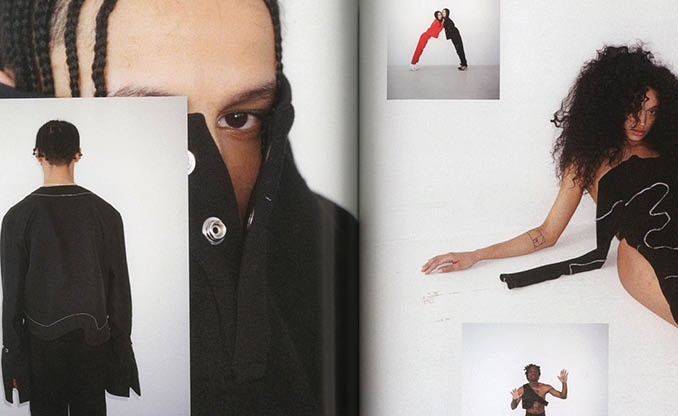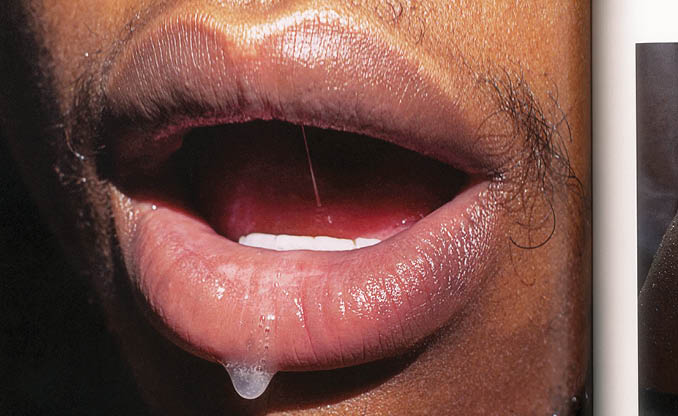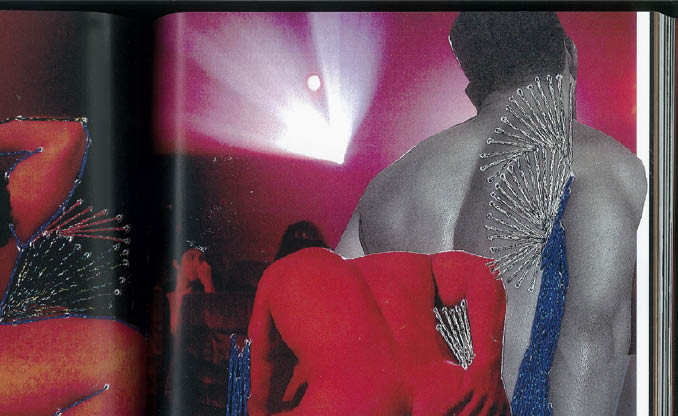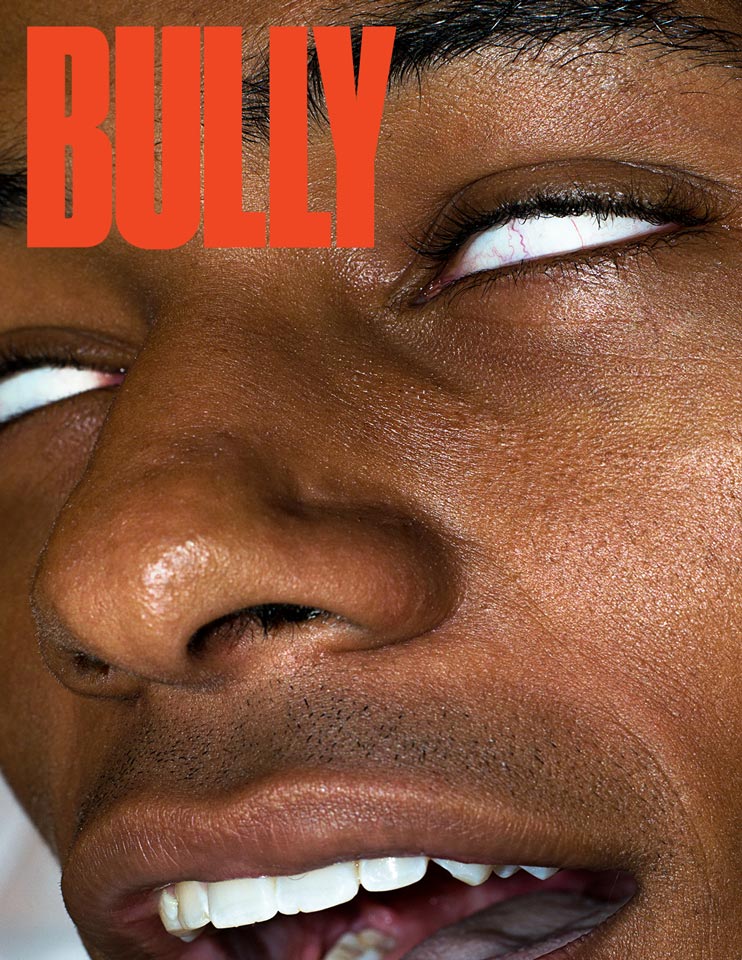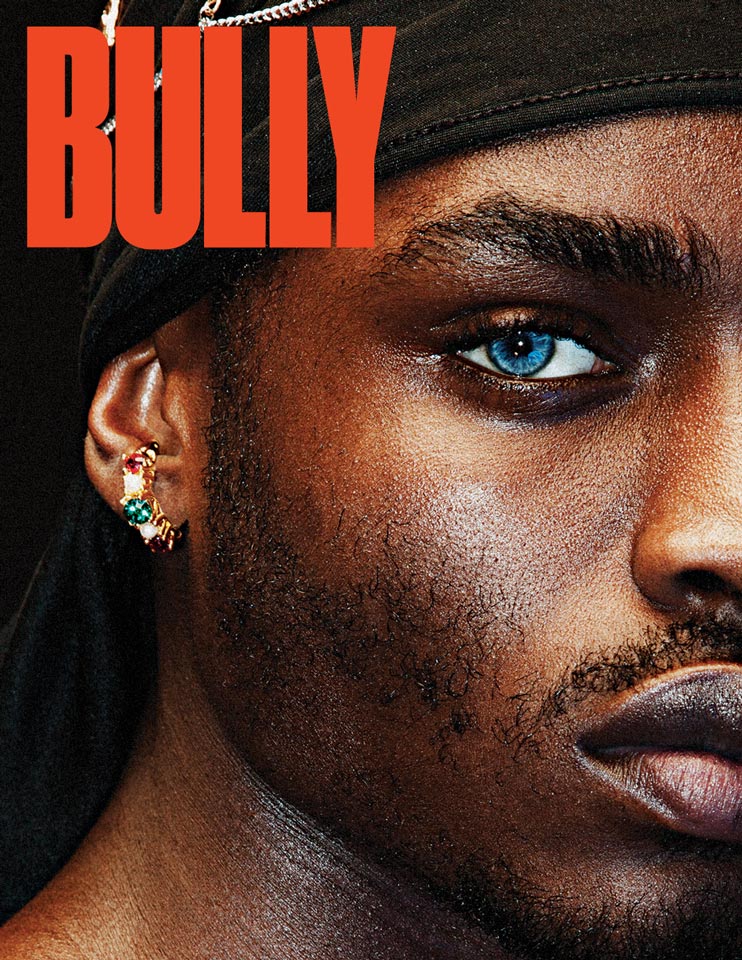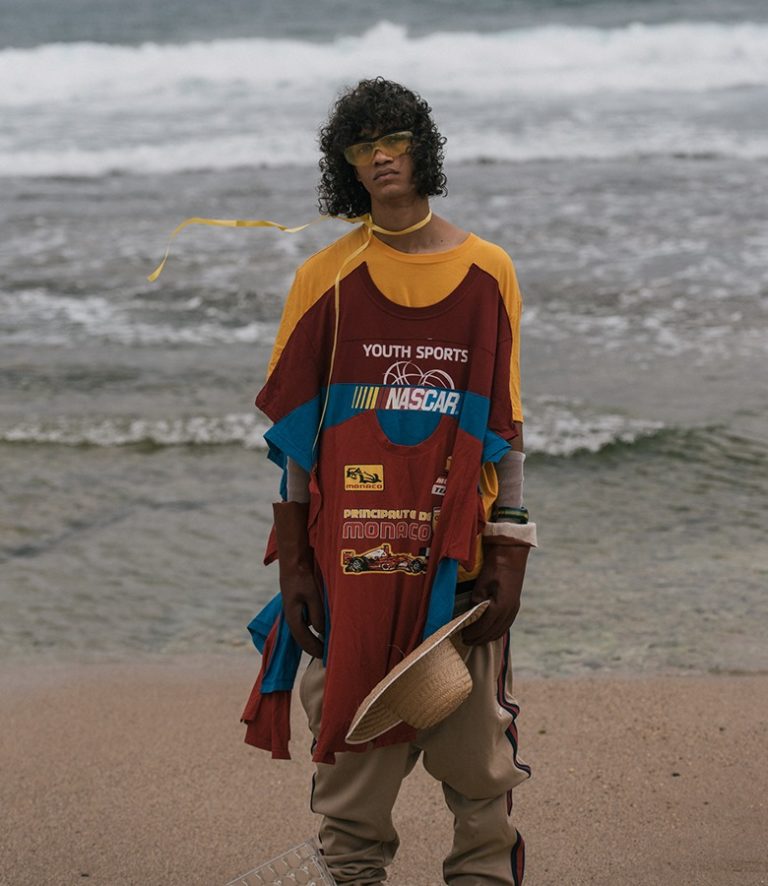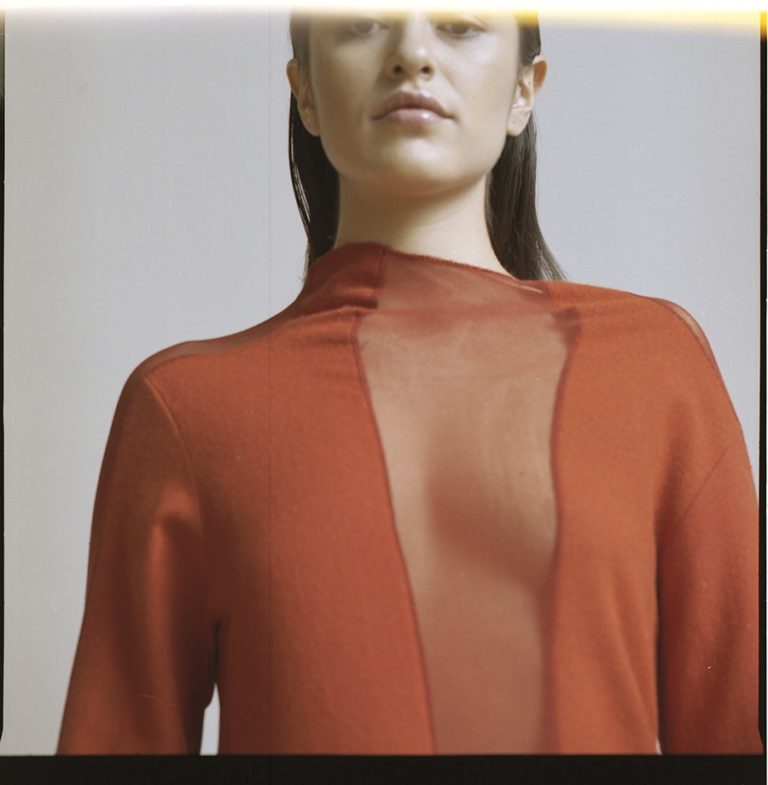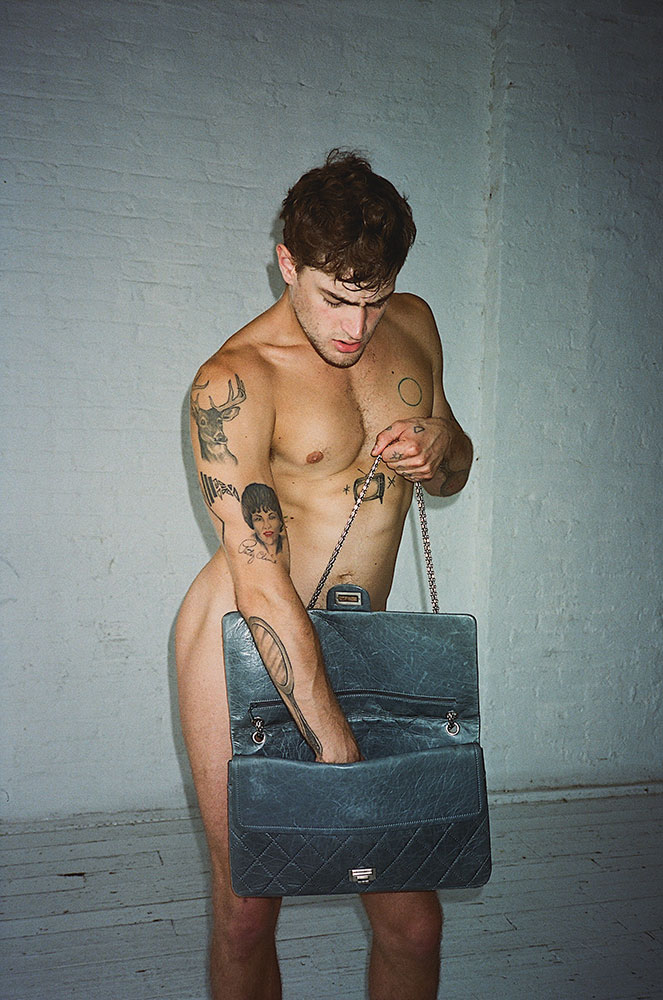A CONVERSATION ABOUT DANCE THROUGH ENERGY
WITH DONTÉ COLLEY & DEMIYAH PEREZ
When Demiyah dances, you’re at first impressed and then, gradually, jealous. It’s like watching a firecracker erupt in a quiet forest — everyone pivots to find the source of the sunburst. If anyone is having fun, it’s Demiyah Pérez, whose last name you don’t require because she’s probably the only Demiyah you know and will ever know. This is probably by design; she chose her name a couple of years ago, but never chose to be as fun as she is. “I just want to give people energy,” she sometimes says, and I swear someone says something similar in the Bible, which I might have confirmed by now had I ever been bored enough to read it.
Donté — Colley, that is — is not unlike Demiyah. I went to a party he threw recently, at some nondescript location I can’t remember, where the cameras were flashing so much I mistook the location for a Hollywood strip. There was free McDonald’s, but I didn’t see Donté eat any of it, because he was busy dancing and being photographed by the people who weren’t — who couldn’t maybe, because they needed his kinetic permission to, first. He speaks softly, with a voice so soothing it makes you conscious of how sharp your own is, and he says things like “I’ve been dancing since I was born.” He makes you believe it. You have no choice. When you see him dance, it’s almost like your body starts to do a thing. Like that scene in The Mask.
You can’t help but to move.
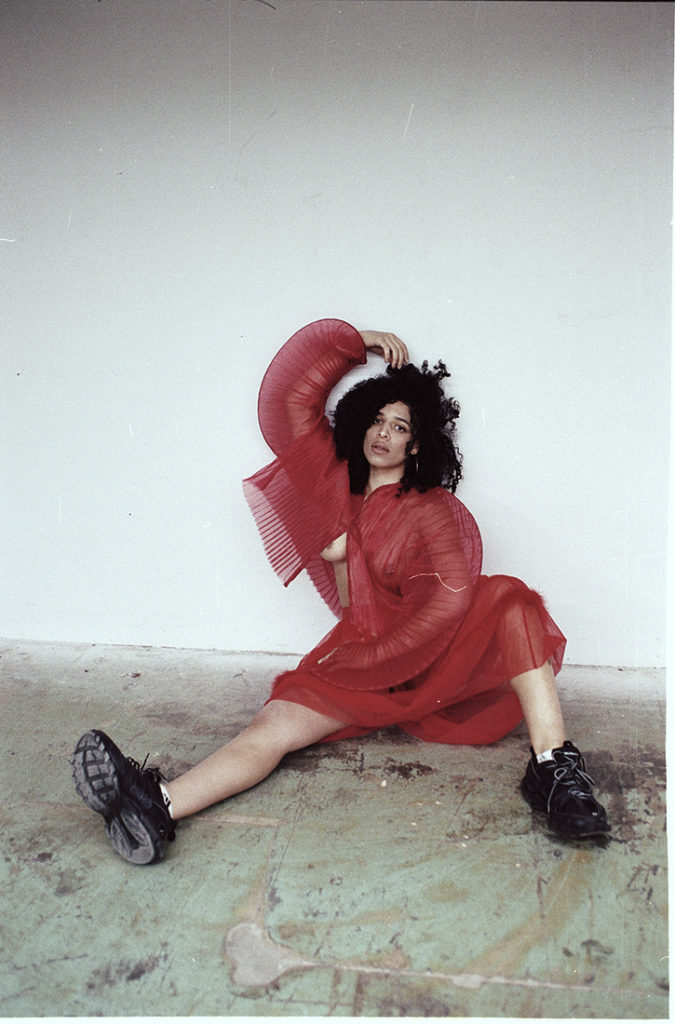
Top Sid Neigum Skirt Simone Rocha Balenciaga Shoes
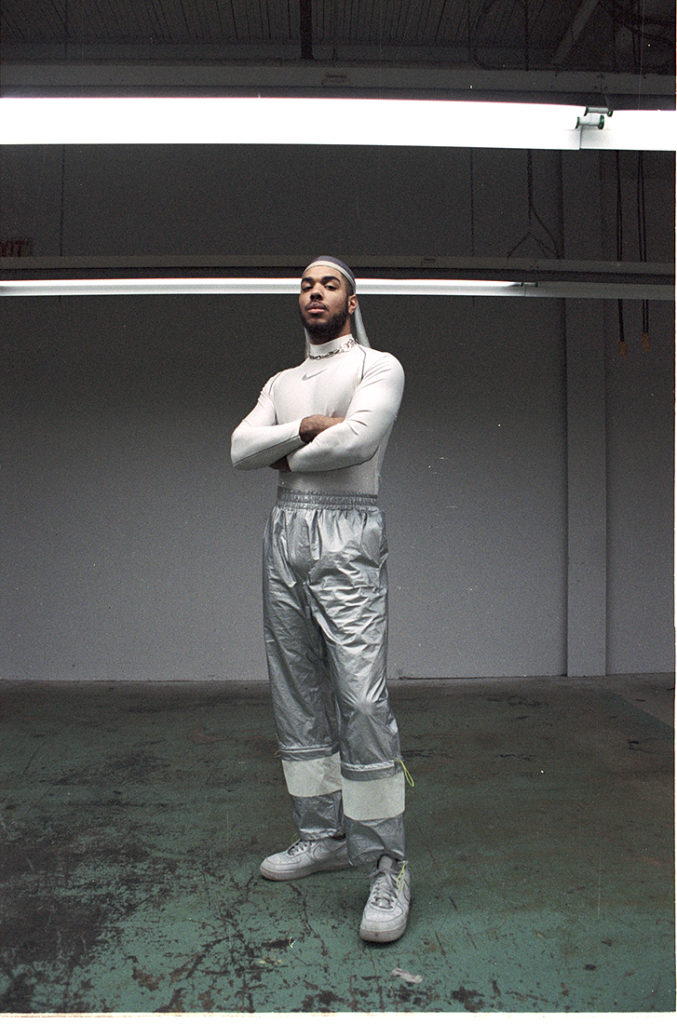
top Ambush x Nike pants wil Studios shoes nike durag 4ye jewellery Justine clenquet
DEMIYAH: This is a project that is very powerful. It came to me as a vision, in November, because Donté posted his goals for that month. One of them was something along the lines of wanting to do more “creative stuff.” When I read that, the vision hit me. From the first time I met Donté, it was such a vibe. He was one of the first people that I met who was genuinely giving so much of his own energy to so many people at once. It’s in those moments in which energy is exchanged that I imagined the beauty of what could be if we were able to create that encouraged it. In Donté’s presence, I’ve always felt a strong connection, one that was at first foreign in the moment but so familiar to my soul. With the video for this project, we did not prepare any choreography ahead of time. It was just in the moment.
CONNOR: Tell me more about the genesis — the beginning of this project. I know you said you saw Donté’s post, but I imagine there must have been some premeditation, some moment before in which you started thinking…
DEMIYAH: It all started when I met Magda. It was at the end of the summer. I was with my friends and we had just left Electric Island and Magda and I started talking. She shared her weed vape with me. We started talking about working together. We both knew, in that moment, that we were meant to create something beautiful together. We let the universe guide us to making this project. After consciously establishing this connection we meet a couple weeks later and started creative directing a shoot together. We simply just wanted to create together.
MAGDA: Yeah, last September we did this one photoshoot together, and then, from that, we wanted to continue to vibe off of the idea of how to express individuality. Prior to the shoot, we had conversed on how we can represent Demi in a creative way that’s not just photography. I felt my main job was to facilitate this project and make sure that underrepresented stories were brought to light. With Demi and Donté already being friends, I think it was crucial to tell their story.
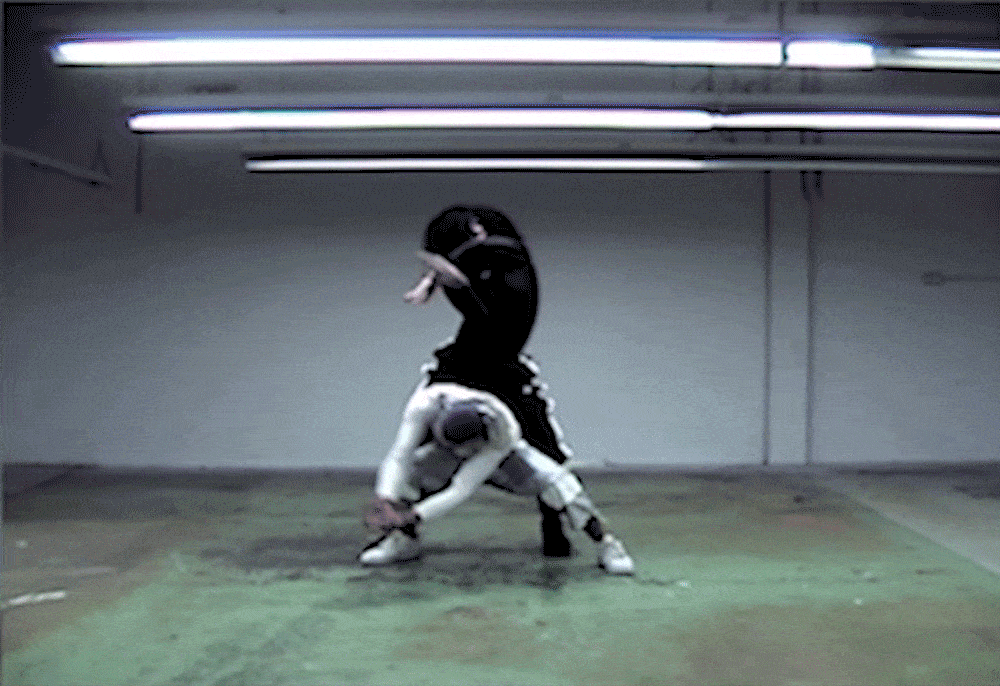
“I think Demiyah and Donté do such a great job of sharing their message through dance. It’s evident in how people react to them.”
CONNOR: What was the message, or idea, that you were looking to explore with this work?
DEMIYAH: In the last year of my life, I’ve really had time to settle into myself as a woman [editor’s note: Demiyah is transgender]. I wanted this project to speak to what could be possible for the world. I just went through the process of transforming myself, my whole reality, my physical and spiritual being. I know I want to help people do that for themselves. I want to help people transform their reality. I have this vision of what the world can be like and it’s beautiful. You can make that reality exist through sight, through sound. You create the world you want — why not do it with others? Why not create a blueprint for the love that is needed in the world? This project was a gift packaged in love that we are wanting to give to the world. In our early conversations, we were very intentional about the idea that we didn’t just want this project to be a fashion story. We wanted the message to be at the forefront. Fashion was only a small part of that.
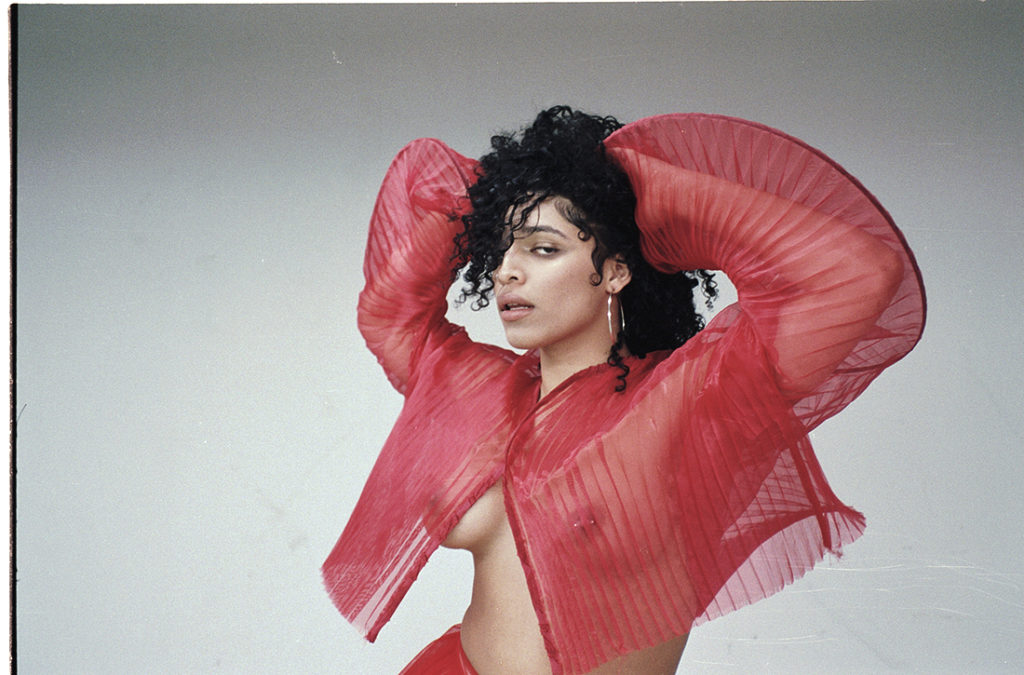
CONNOR: The fashion was complimentary, not the cynosure of the editorial universe.
MAGDA: I think it has a lot to do with individuality, specifically in dance. With dance, you can create community. It allows you to communicate — especially when you feel like you cannot speak or aren’t being listened to. Dancing is an activity that creates connection and unity. With Demi and Donté, I think they both do such a great job with sharing their message through dance, and it is evident by how positively people react to them when they are fostering positive energy in spaces.
CONNOR: What was it like, pivoting from photography to video?
MAGDA: It was actually super exciting, and since there was no choreography there were a lot of beautiful moments, which in the end made it really hard to choose footage. I felt I didn’t have to direct much. It was all pretty organic. We filmed were the interviews first, because we felt it would set up the perfect mindset for when we began to shoot the dancing scenes, which would help in conveying a sense of comfort on film.
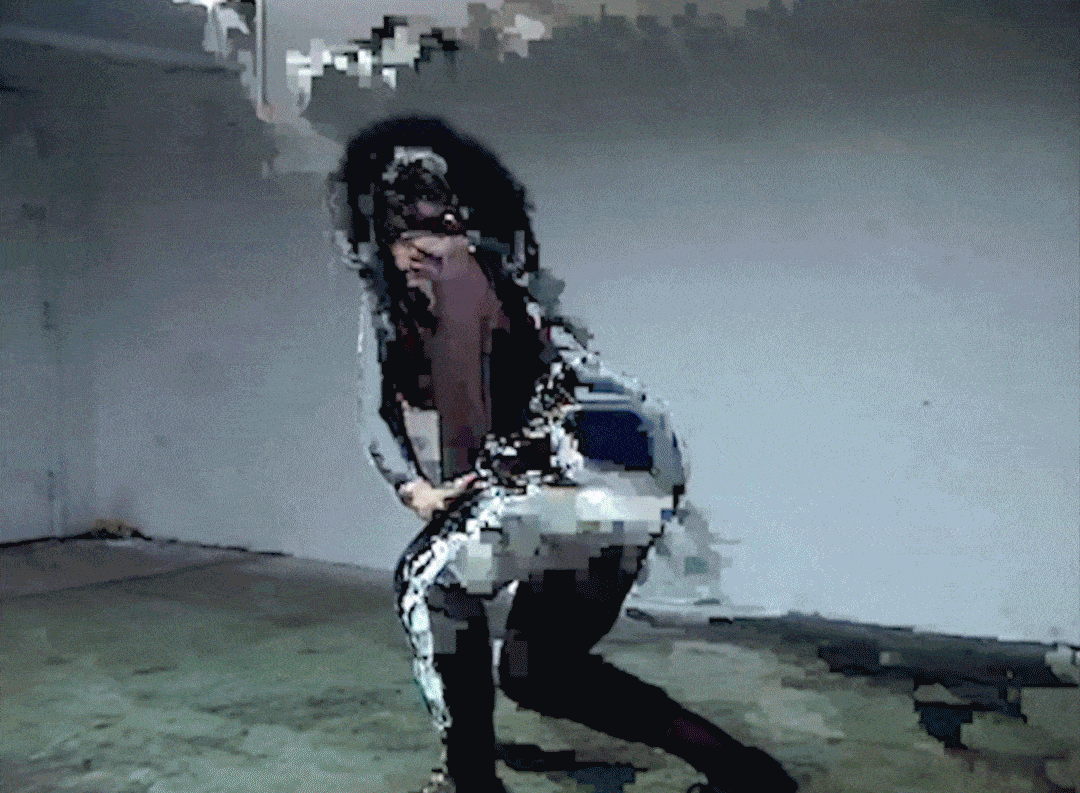
“Dancing allowed my mind to escape the dysphoria I had with my body.”
DEMIYAH: At one point in the video, I called dance my “physical vocabulary.” When there aren’t enough words to describe how you’re feeling, you just find another way to say it.
CONNOR: Talk to me a little bit about memory. What does dance mean to you, and how did you both — Donte and Demiyah — come into dancing?
DEMIYAH: Dance, for me, was always an escape. It has always allowed me to openly express my identity. I was fortunate enough to be in spaces with my family where I had the freedom to share myself with them. Back in the day, at family functions, I would always choreograph routines for my cousins and I to perform for the rest of the family. I learned my identity through movement, developed my confidence through movement. Dancing allowed my mind to escape the dysphoria I had with my body. It allowed me to tap into my female identity when I needed to do. It took me years to understand the magic of my movement and the impact it could have on others.
CONNOR: So, it’s largely tied to your identity and your transition.
DEMIYAH: When I was completing my physical transition in university, I reached a point where I was passable. It was at that point of security and newly-found confidence that I felt I could fulfill my identity, could even go to straight clubs. Soon enough, I learned those spaces did not align me with similar energies. People were confused on how to receive me. Once I entered queer spaces for the first time, I found others were able to celebrate my energy. They also knew my story, since I had finally gotten to a point where I wanted people to know that I’m transgender. They could understand the story behind my movement, the origins of my story. The queer scene created space for me to explore my identity and for the first time others celebrated me. I became more intentional with dance. It is how I connect to people in the world. It allows me to transmit energy and love to others.

CONNOR: Donte, what about you?
DONTÉ: I’ve been dancing ever since I could stand on my two feet. It has always been the language I have primarily understood. I learned from early on that dance was how I would communicate with the world. Growing up and spending the majority of the time by myself, it was what brought me joy and a sense of confidence, and a sense of just knowing that this is what makes me feel good, which is why I never wanted to stop. There were definitely points where I wanted to explore dance a bit more. 6-year-old Donté would go into spaces with a bunch of girls and he would be the only guy. I did two dance classes and realized it was not for me. I got bullied really bad to the point that I didn’t even want to go anymore.
“There are times when we spiral or lose our footing, or feel like we are not really grounded. But when I’m dancing, I find my roots.”
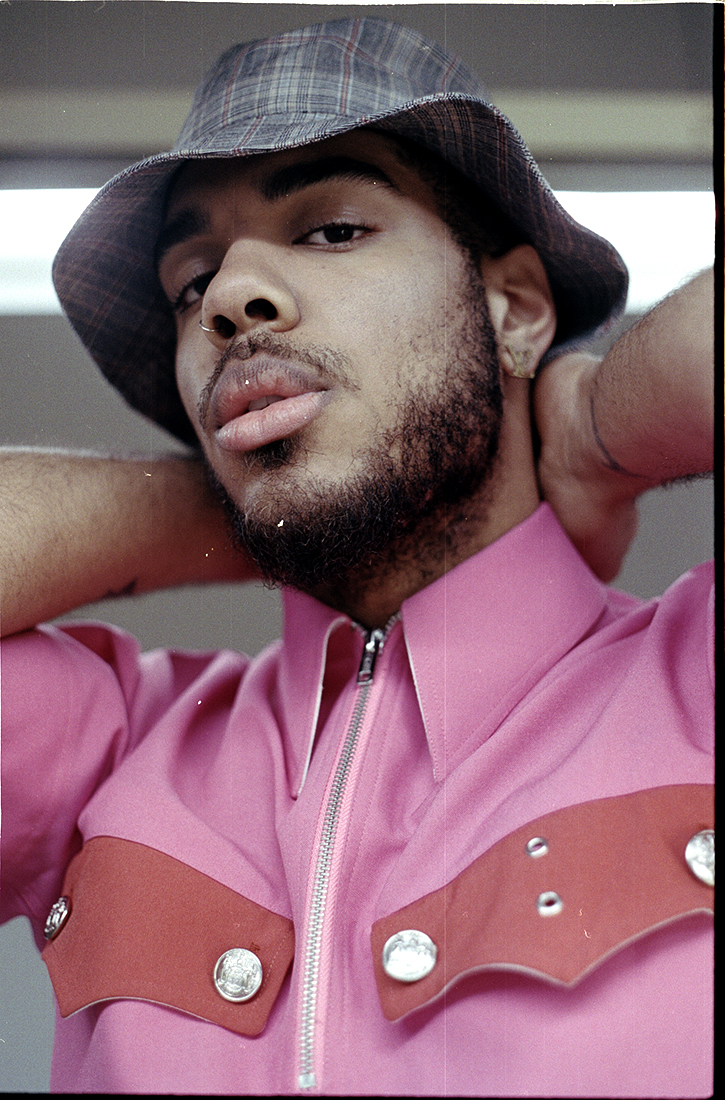
Shirt Calvin Klein 205w39nyc hat wil Studios
CONNOR: You were bullied in dance class?
DONTÉ: When I would go up to do a dance move, all the girls would gather and start laughing at me. Or if I took one step toward them, and they would all run away. It was so petty and gross. It made me not want to dance in front of other people. But I retained my passion. It wasn’t until middle school that I found my love for performance. I would always try to participate in any school musicals that were going on—
CONNOR: You went to an arts school.
DONTÉ: I went to an art school. Middle school was definitely my foundation, where I realized that performing was what I loved doing. High school was where I found who I was. It was in high school that I found more of my identity. Wexford [Collegiate School for the Arts] was a school where nobody’s opinion mattered and no one judged each other. If someone made a mistake, we knew it was a mistake that needed to happen to move you towards the right direction whatever that may be.
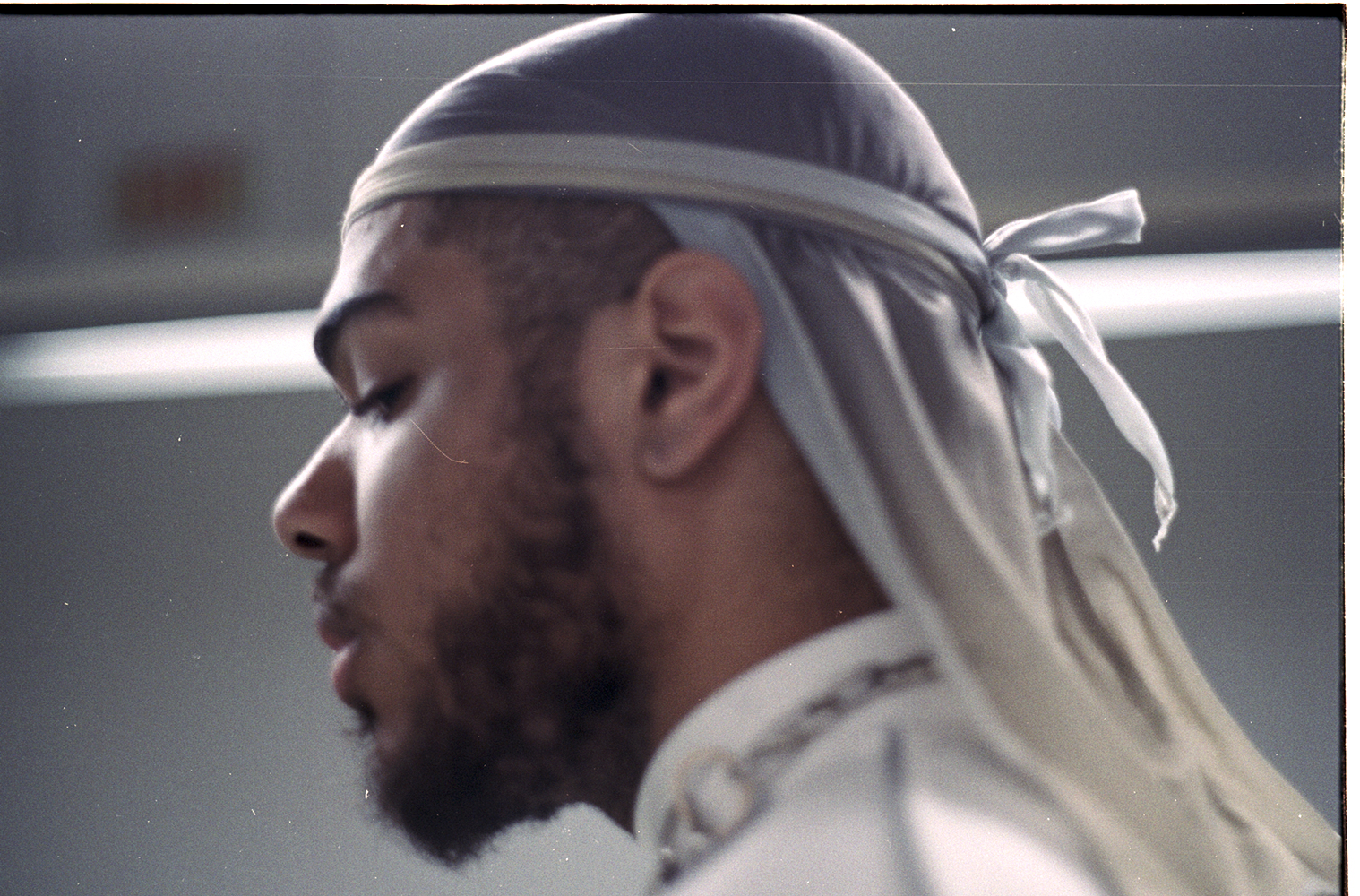
CONNOR: That must have changed how you thought about dance, or defected from your experience in dance classes.
DONTÉ: Dance has been, and always will be, the tool that will get me through whatever. It has helped me to keep my mind levelled. There are times when we spiral or lose our footing, or feel like we are not really grounded. But when I’m dancing I find my roots and feel right where I left off. It’s safe and comforting. I always didn’t want to dance in public. I would start dancing in King Street clubs. Growing up that’s just where you would go. All of our other friends know that wasn’t where the scene was. I grew up in Scarborough, so when I would go out, the people I met would have booths for us to go into, and would literally be crammed into this booth, because there is no space. But you want to have fun. The sitting stush and the staring was not the tea. I would bust down a move and people would look at me and wonder what I was doing.
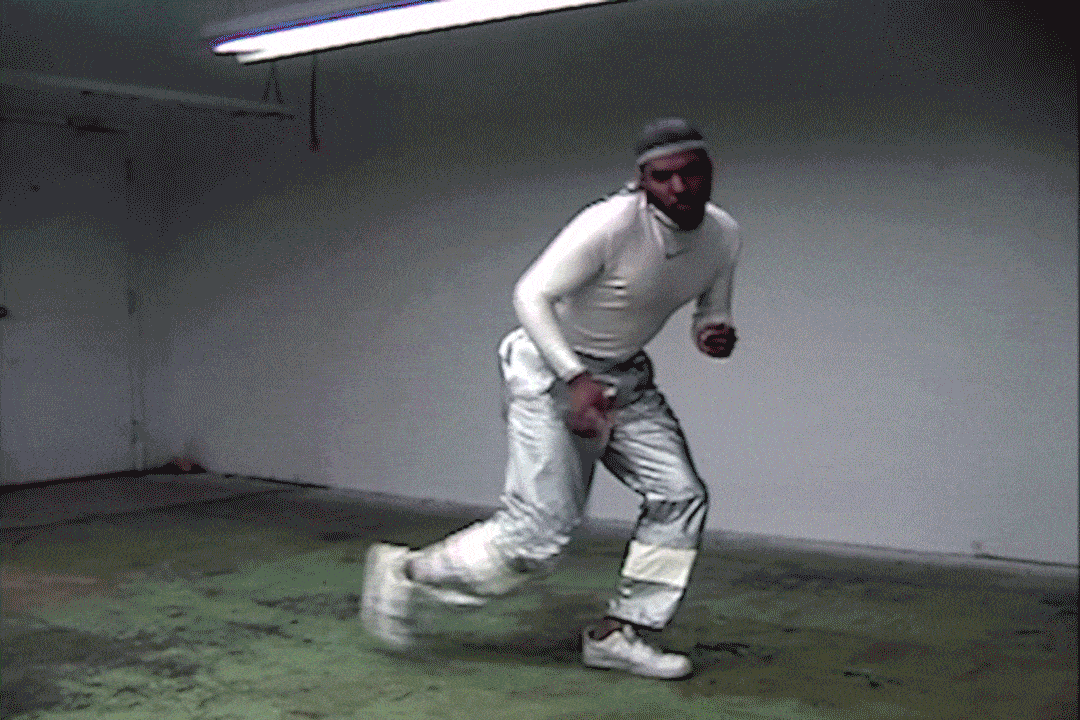
DEMIYAH: I can probably count on my fingers how many times Donté and I have been out at a club at the same time. Every time we dance together, though, I feel so connected with him. It’s a connection that I find is rare to have in the spaces we party in, which is why when I met Donté for the first time, and we danced together, there was this sense of unity and connection that felt so magical. When he and I dance together it’s a reciprocal exchange in energy.
CONNOR: Yeah, because it seems you both talk about dance as being something more than you. It’s for you, but—
DEMIYAH: But it’s also a selfless act, since you’re giving so much energy to so many people at once. When each of us dance it’s not just a one-two step and we’re done. We’re usually dancing for 90% of the night.
DONTÉ: The person behind the music also plays such a huge role in the experience. We could just do the one-two, but I think as we’re giving and they’re receiving, they are also giving back. If people are supportive and engaging, it feels like you’re recharging together, and your battery never dies.
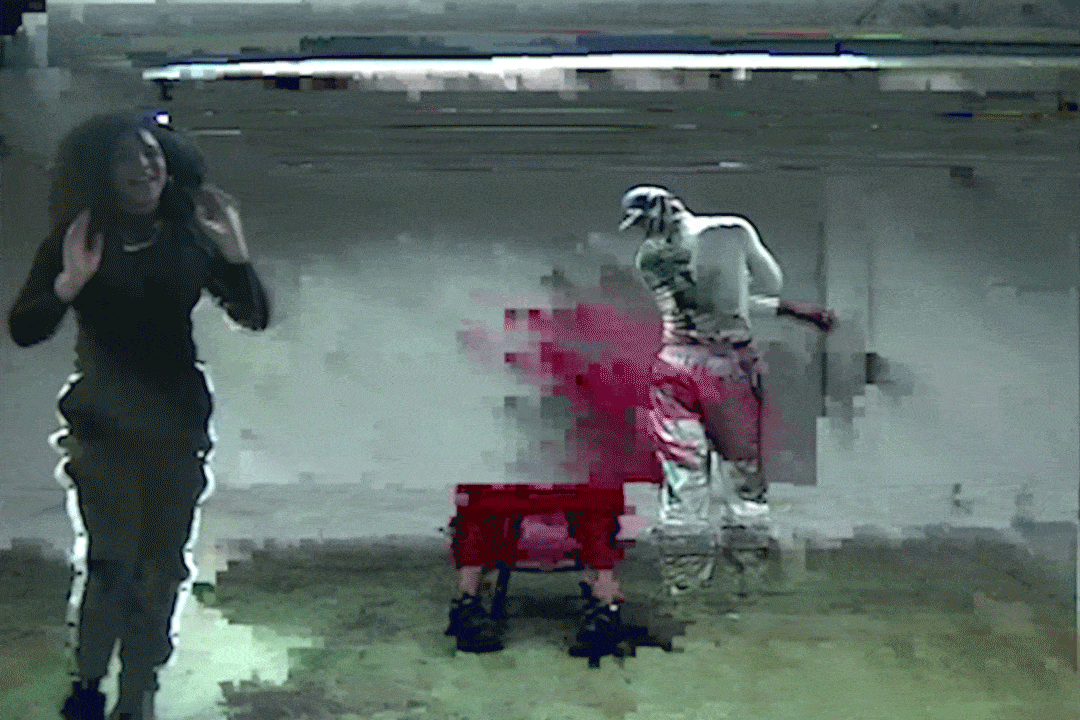
EEENERGY
Writing connor garel
Concept Magda Soko & DEMIYAH PEREZ
Photography & Video Magda Soko
Asisstant Rahul Madan
Styling Eric Richards
Grooming Arielle Park
Featuring:
Donté Colley & DEMIYAH PEREZ
